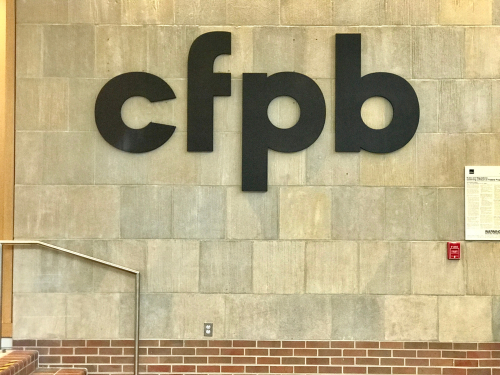The Consumer Financial Protection Bureau (CFPB) is taking steps to examine nonbank financial companies that pose risks to consumers.

To do this, the CFPB plans to use a largely unused legal provision that it says will level the playing field between banks and nonbanks.
“Given the rapid growth of consumer offerings by nonbanks, the CFPB is now utilizing a dormant authority to hold nonbanks to the same standards that banks are held to,” CFPB Director Rohit Chopra said on April 25. “This authority gives us critical agility to move as quickly as the market, allowing us to conduct examinations of financial companies posing risks to consumers and stop harm before it spreads.”
The Dodd-Frank Wall Street Reform and Consumer Protection Act of 2010 gives the CFPB authority to conduct supervisory examinations to review the books and records of regulated entities. Before the Dodd-Frank Act, only banks and credit unions were subject to federal supervision. But after the 2008 financial crisis in which nonbank companies played a pivotal role, Congress tasked the CFPB with supervising certain nonbanks, which do not have a bank, thrift, or credit union charter. Many operate nationally and brand themselves as “fintechs.”
This authority is not specific to any particular consumer financial product or service. While the CFPB did implement the provision through a procedural rule in 2013, the agency has now begun to invoke this authority. This will allow the CFPB to supervise entities that may be outside the existing nonbank supervision program.
Such risky conduct may involve, for example, potentially unfair, deceptive, or abusive acts or practices, or other acts or practices that potentially violate federal consumer financial law. The CFPB may base such reasonable cause determinations on complaints collected by the CFPB, or on information from other sources. The CFPB may also learn of such risks through whistleblower complaints, state partners, federal partners, or news reports.
Further, the CFPB issued a procedural rule on April 25 to increase the transparency of the risk-determination process.